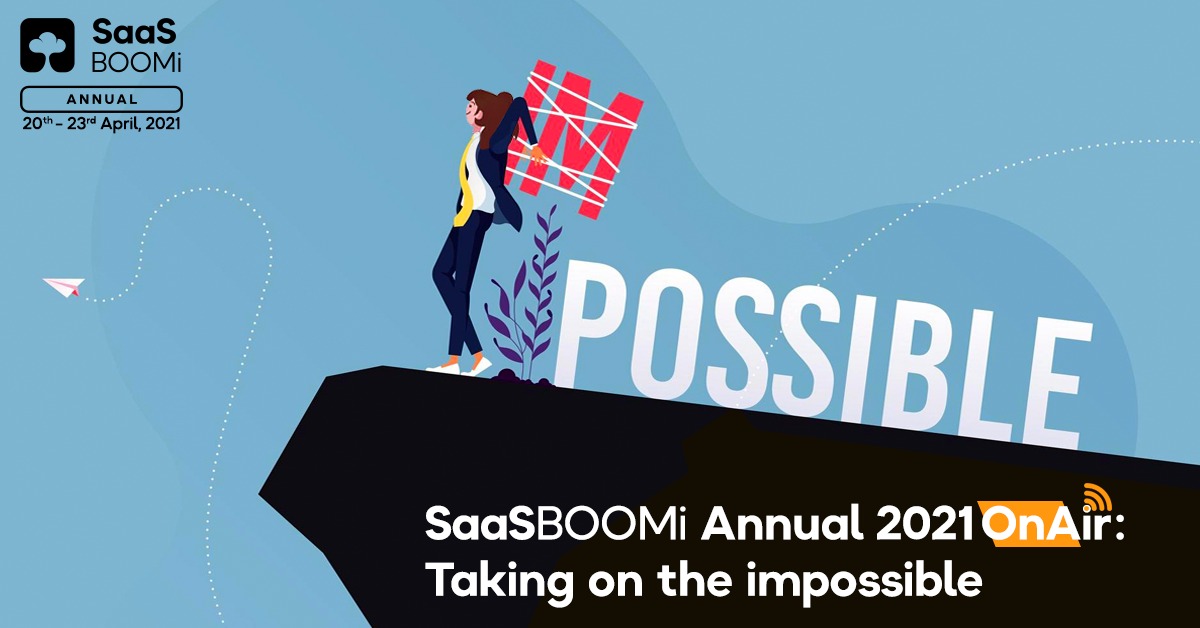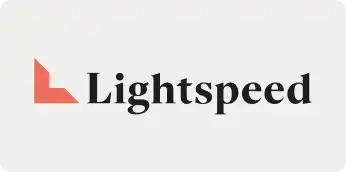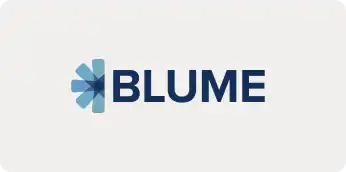Watching 100 million users adopt ChatGPT within a few months of launch has put undue pressure on SaaS founders to reinvent the wheel. We need to ask ourselves if what drives our business is the tech stack or the problem being solved. For most products, users don’t care about what tech stack is being used, barring some developer tools where this might matter, but every single one of them cares about how the problem is being solved. The advent of GenAI hasn’t changed this, nor will the next wave of new tech.
On July 27th, SaaSBoomi released the India Landscape Report that dove into key insights on what AI opportunities exist for India, and it is looking bright. We are on track to achieve the $50-$70Bn market by 2030, and what we need to focus on is the new challenges AI poses, which this report walks us through in great detail.
Simply shoehorning GenAI into products is not going to help increase adoption. However, about 50-60% of operational problems are similar across all SaaS businesses and GenAI is playing an important role to improve internal efficiencies by 30% Now this is something every founder can focus on – how are each of my internal functions using GenAI to improve productivity? This is also crucial because the current market is forcing everyone to be conservative with spending, especially tech debt.
The two new niches
One of the takeaways for me was how to think about building GenAI products – is there something we can do now with GenAI that could not have been solved before? Basically, reimagining problem-solving. There are new niches forming, and India, with its vast SaaS experience, has an opportunity in two key areas – building applications on top of existing LLMs and building LLMs for the India market, such as vernacular LLMs.
We were fortunate to hear from Julien Simon, Chief Evangelist of Hugging Face, in a fireside chat with Manav Garg, Founder of Eka. For Hugging Face, the users are the members of the OpenSource community and he pointed out how important it is for them to continue being OpenSource-first.
What I took away from this is that while GenAI is the it-thing, focusing on user love as a primary driver for building products has not changed. Another point made by Julien that stood out – one I think the Indian ecosystem can do better at – is about exploring open source, especially for the DevTools market. Developers by nature love tinkering – there’s a massive opportunity for India given we have one of the largest developer ecosystems in the world.
Okay, so we understand that building GenAI-first products means identifying problems that could not have been solved a year ago, introducing GenAI requires a user-first focus, but what about funding? The India Landscape report showed that in 2023, there has already been $12Bn investment in GenAI startups! What was most interesting for me to hear was when Hemant Mohapatra, Partner at Lightspeed, pointed out that 95% of founders should not be looking at VC funding because it is the highest-risk asset class and can pull one in directions they may not want to go towards.
It spoke to his principles of investing, which I really appreciated. When there are so many companies who ride on the wave of positive marketing from getting funded, I have not heard much dialogue about why being bootstrapped or looking at alternative funding channels can also help build successful businesses.
Is there a moat with GenAI?
When Noshir Kaka, Senior Partner at McKinsey, asked Vishwanath Kollapudi, Co-founder at Blend, how he built the product, I learned how important data is for building a successful GenAI product. Vishwanath’s biggest blocker when starting Blend in 2020 was data – he launched a free tool that allowed users to remove backgrounds from their images, and he ended up with 100M data points! This formed a strong and effective foundation to build Blend as we see it today.
Is there a moat with GenAI? From the panel discussion, I learned that there isn’t one purely with GenAI. The moat still seems to be the value delivered to users, and not using the latest, greatest tech. We’ve seen GenAI-like waves happening every few years and Vijay Rayapati, co-founder of Atomicwork, shared his personal experience going down the path of multi-tenancy, data partitioning, APIs etc. during the SaaS wave, where he would have much rather focused on solving the right use-cases in the right way. He also mentioned that if GenAI can make your user’s workflow 10x efficient, use it, but not to fall prey to the FOMO of using shiny new LLMs.
“Solve boring problems,” says Vijay Rayapati, co-founder of Atomicwork.
GenAI is here to stay. As founders, we have the burden of understanding where this fits into our equation, the equation for our end users and our teams. The India Landscape Report is an important first step for Indian founders to identify moats (the jury is still out on whether there is really a moat in GenAI), the industries where GenAI will be most applicable and most importantly, which sectors have better success in building horizontal versus vertical solutions.



























